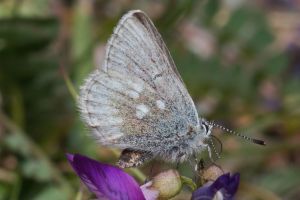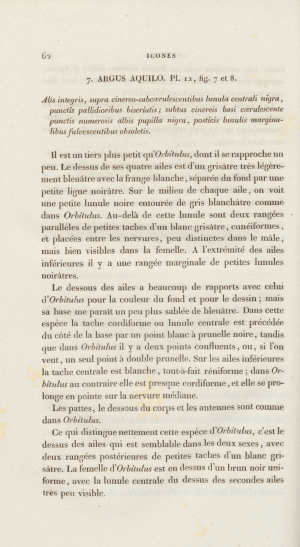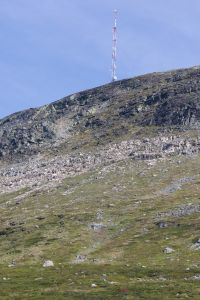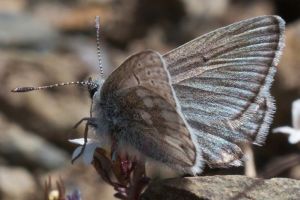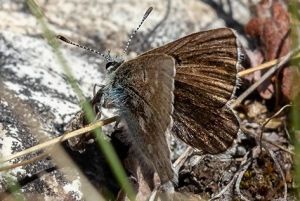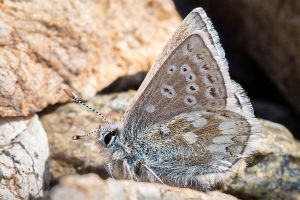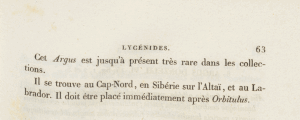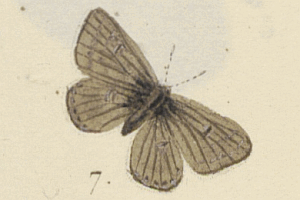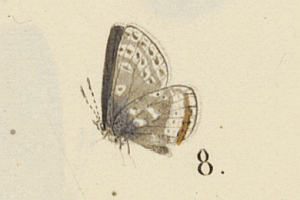

 +3Kontinente:EU
+3Kontinente:EU1. Lebendfotos
1.1. Falter
2. Diagnose
2.1. Erstbeschreibung
3. Biologie
3.1. Habitat
"In Scandinavia, the Glandon Blue occurs on slate and shale rocks with patches of grassy vegetation and Crowberry (Empetrum nigrum), especially in areas sheltered from the northwestern wind." [IUCN Red List]
3.2. Nahrung der Raupe
- [Saxifragaceae:] Saxifraga aizoides (Fetthennen-Steinbrech)
- [Saxifragaceae:] Saxifraga oppositifolia (Gegenblättriger Steinbrech)
"The females deposit the eggs on Yellow Mountain Saxifrage (Saxifraga aizoides) and Purple Saxifrage (S. oppositifolia). The small caterpillars first feed on the flowerbuds and hibernate. Later, they also feed on the leaves." [IUCN Red List]
4. Weitere Informationen
4.1. Andere Kombinationen
- Argus aquilo Boisduval, 1832 [Originalkombination]
- Agriades glandon aquilo (Boisduval, 1832) [so in der FFH-Richtlinie der EU]
- Plebejus aquilo (Boisduval, 1832) [bis Talavera et al. (2013) übliche Kombination]
4.2. Abweichende Schreibweisen
- Plebeius aquilo (Boisduval, 1832)
4.3. Taxonomie
Von manchen Autoren als Subspezies von Agriades glandon gewertet. Aarvik et al. (2017) kommentieren das und schreiben: "The Nordic Agriades aquilo (Boisduval, 1832) has been confused with A. glandon (Prunner, 1798) which occurs in the Alps. The two species have different host plants as A. aquilo feeds on Saxifraga (Saxifragaceae) and A. glandon on various Primulaceae (Eliasson et al. 2005)."
Die Gattungsgliederung in der Subtribus Polyommatina folgt Talavera et al. (2013); diese haben eher als Splitter denn als Lumper zu gelten.
4.4. Faunistik
Vorkommen in Schweden, Norwegen, Finnland und im Norden des europäischen Teils von Russland. Von ca. 66° N bis zum Nordkap.
4.5. Publikationsjahr der Erstbeschreibung
Boisduvals « Icones historique [sic] » sind im Zeitraum von mehreren Jahren in Lieferungen erschienen. So lange uns noch nicht die Arbeit von Cowan (1970) vorliegt, bleiben wir bei dem von der Fauna Europaea angegebenen Jahr 1832.
4.6. Literatur
- Aarvik, L., Bengtsson, B.Å., Elven, H., Ivinskis, P., Jürivete, U., Karsholt, O., Mutanen, M. & N. Savenkov (2017): Nordic-Baltic Checklist of Lepidoptera. — Norwegian Journal of Entomology - Supplement No. 3: 1-236. [PDF auf entomologi.no]
- Erstbeschreibung: Boisduval („1832“): Icones historique des lépidoptères nouveaux ou peu connus. Collection, avec figures colorées, des papillons d'Europe nouvellement découverts; ouvrage formant le complément de tous auteurs iconographes: 1-251, pl. 1-46. Paris (Librairie Encyclopédique de Roret). — Digitalisat der Bibliothéque nationale de France: [62], [pl. 12].
- Cowan, C. F. (1970): Boisduval's Icones Historiques des Lépidoptères d'Europe “1832” [-1841]. — Journal of the Society for the Bibliography of Natural History 5 (4): 291-302.
- Talavera, G., Lukhtanov, V.A., Pierce, N.E. & R. Vila (2013): Establishing criteria for higher-level classification using molecular data: the systematics of Polyommatus blue butterflies (Lepidoptera, Lycaenidae). — Cladistics, 29 (2): 166–192. [Zugang auf onlinelibrary.wiley.com] bzw. [Zugang über researchgate.net]




